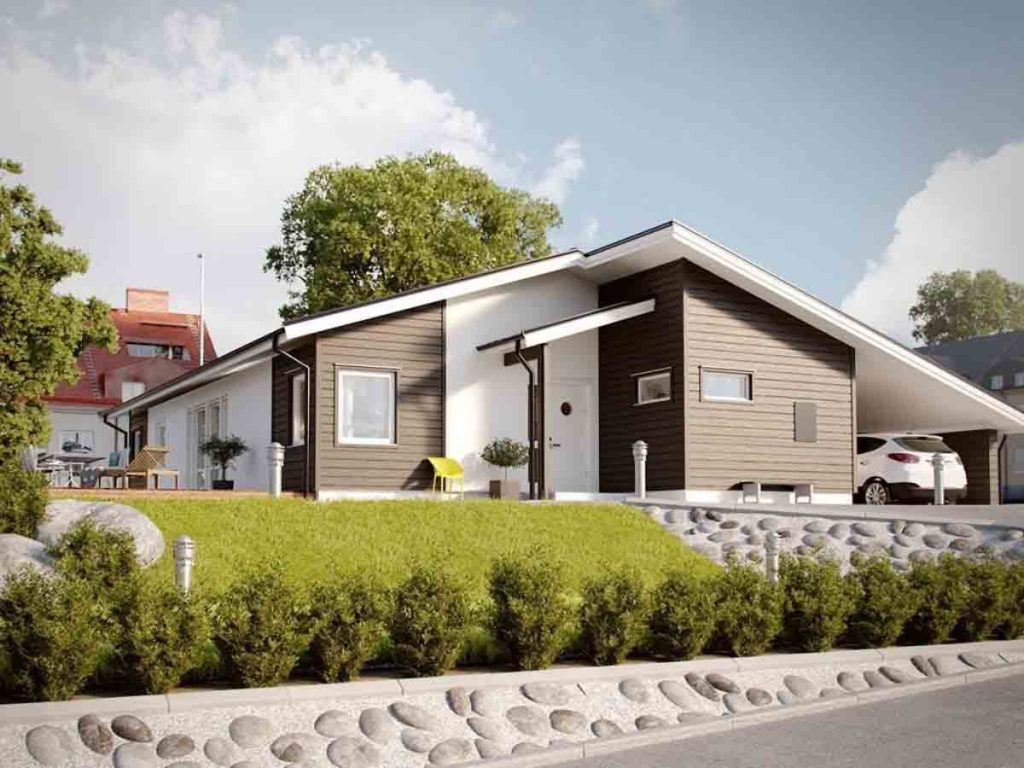Homeowners will eventually have to face the dilemma of renovation vs. new construction. This situation occurs frequently in the situation of owning a home that is a decade or more of age. At Ultimate Construction, we’ve heard of every argument for both sides, which is why we’ve compiled the information below to help you decide whether you should consider renovation or new construction as you plan for your future home.

Renovation Overview
Renovation is a broad term that covers anything from a simple bathroom redesign to the addition of a new wing to your house. Renovation may not grant you complete freedom, but the contractor still needs your input.

The Benefits of Renovating
Renovation comes with many benefits that you may not have even considered:
- Renovations could increase the value of your home
- It is easier to plan and budget for a renovation
- Some changes can make a home more functional or efficient
- You won’t have to leave a home that has sentimental value to you
Sometimes, you might consider a new construction, but you might only need a few renovations to your current home. It’s possible that once you make those updates, you’ll discover that you’re already satisfied.
Considerations for Renovation
While renovation is much more manageable than new construction, there are important questions you must ask yourself before starting.
- Have any renovations been done to my home by the previous owners?
- How will this update affect the value of my home? Will it influence salability?
- Do I need to contact local government or the HOA before I can start?
- What exactly do I want to change and what am I willing to budge on?
These are simply a few factors you need to consider during a renovation, but once you have all the details you need, you’ll be ready to get the project started.
New Construction Overview
As you can imagine, a new construction involves a much larger investment, both in time and in expenses. You’ll need to work closely with your building team to ensure that your new home has been customized to your liking.

The Benefits of Building New Construction
A new construction may seem like a daunting task at first, but you’ll find that there are benefits to building a brand-new house.
- The home is tailored to your needs
- Newly built homes usually have lower maintenance expenses, meaning a lesser cost in the long term
- Your ideas won’t be hindered by pre-existing layouts or structures
- You can choose what goes into your home, which can make it more efficient or environmentally friendly
A new construction allows for everything to be built according to your specifications. Only budget and imagination can stand in the way of your vision.













